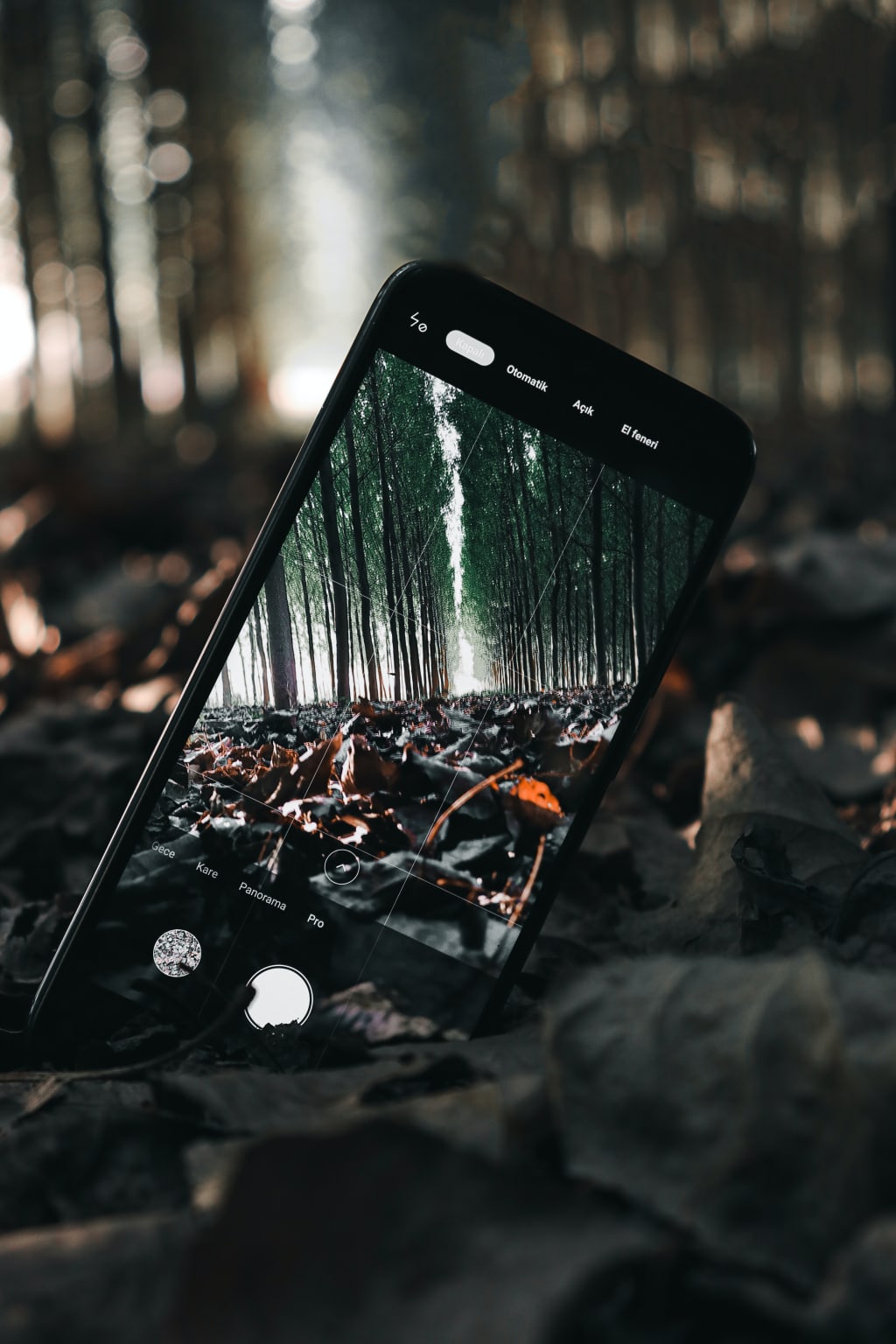The Rise of Mobile Photography: Capturing Life Through Our Smartphones
Mobile photography refers to the practice of taking photos using a smartphone or other mobile device. With the advancement of camera technology in mobile devices, it has become increasingly popular for people to use their phones as a primary camera for everyday moments and special occasions. Mobile photography has many benefits, such as accessibility, convenience, and the ability to easily edit and share photos on social media. It also has drawbacks, such as potential loss of authenticity and overreliance on filters and editing. With proper intentionality and technique, mobile photography can produce stunning images that capture the beauty of life.

In recent years, mobile photography has exploded in popularity, and for good reason. With the ever-improving camera technology in smartphones, we are now able to capture moments in our lives with stunning detail and clarity, all from the convenience of our pockets. In this article, we will explore the evolution of mobile photography, the benefits and drawbacks of this trend, and tips for taking the best photos with your smartphone.
Mobile photography has come a long way since the first camera phone was released in 2000. Back then, the quality of the photos was grainy and low resolution, but it was still a novelty to be able to snap a picture with your phone. Fast forward to today, and smartphones are equipped with multiple cameras, sophisticated software, and advanced features such as night mode, portrait mode, and ultra-wide lenses. The cameras on some of the latest models can rival professional-grade DSLRs, and the convenience factor cannot be understated.
One of the biggest benefits of mobile photography is accessibility. With a smartphone camera always at our fingertips, we can capture moments as they happen without having to lug around bulky equipment. This is particularly useful for travelers or those on-the-go who want to document their experiences but don't want to be weighed down by gear. Additionally, mobile photography allows for easy sharing and connectivity through social media platforms, allowing us to share our lives with friends and family in real-time.
Another benefit of mobile photography is the ability to experiment and play with creative techniques. Apps like Instagram, VSCO, and Snapseed provide an array of filters and editing tools to enhance photos and add a personal touch. This has opened up a new world of self-expression and creativity for amateur photographers, as well as professionals who use their phones as a tool for experimentation and inspiration.
However, there are also some drawbacks to the rise of mobile photography. One issue is the over-reliance on filters and post-processing. While editing can enhance a photo, it can also detract from its authenticity and natural beauty. Additionally, the convenience factor of smartphone cameras can lead to a lack of intentionality and thoughtfulness in our photography. It's easy to snap a quick photo without considering composition, lighting, or framing, resulting in lackluster images.
To combat these potential issues, it's important to approach mobile photography with intentionality and mindfulness. Take the time to consider the composition of the shot, the lighting, and the overall aesthetic you want to convey. Experiment with different angles and perspectives, and don't be afraid to take multiple shots to get the perfect one. And while filters and editing can be useful tools, remember to use them sparingly and with purpose.
Here are some additional tips for taking the best photos with your smartphone:
1.Clean your lens - this may seem obvious, but a smudged or dirty lens can greatly affect the quality of your photos.
2.Use natural light - when possible, try to shoot in natural light rather than using the flash. This will create a more natural and flattering look to your photos.
3.Get close - smartphones are great for capturing details, so don't be afraid to get up close and personal with your subject.
4.Experiment with perspective - try shooting from different angles and heights to add interest and dimension to your photos.
5.Practice patience - taking the time to find the perfect shot can make all the difference in the quality of your photos.
In conclusion, mobile photography has revolutionized the way we capture and share our lives, providing accessibility, convenience, and creative opportunities. While there are potential drawbacks, approaching this trend with intentionality and thoughtfulness can result in stunning and authentic images that capture the essence of our experiences. So next time you reach for your smartphone to take a photo.
About the Creator
Gamze Şahin
I’m Gamze. I am 22. I live in Turkey. I have graduated from Kocaeli Uni, department of aviation management. My English level is B2-C1. I love writing and I want to be better this. So I started to write articles. I hope you like my articles.






Comments (1)
Great tips and insight into taking great photos with a phone. Traditional photography is definitely the better art form, but with the tech available through mobile phones it’s good to know how to utilize readily available technology.